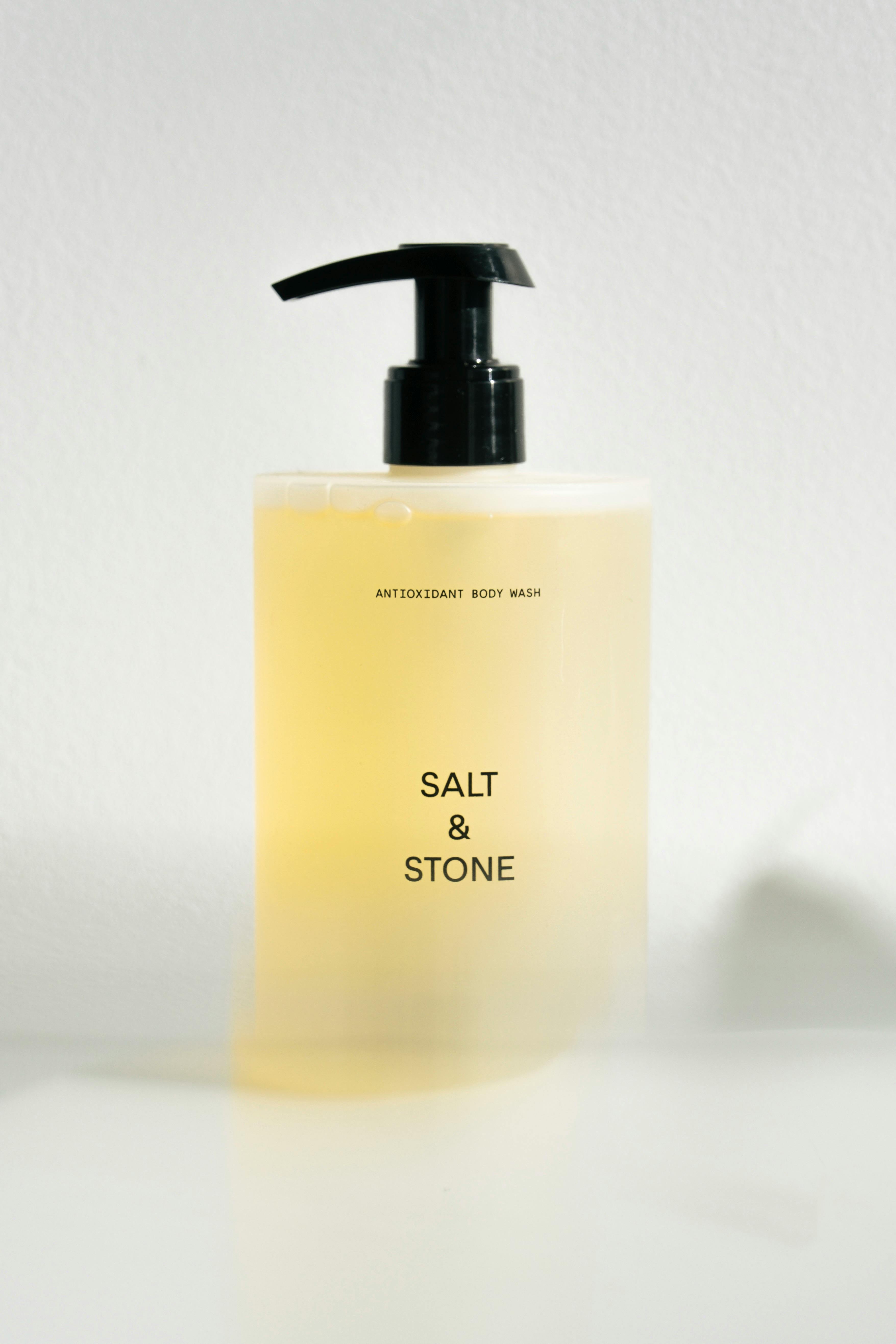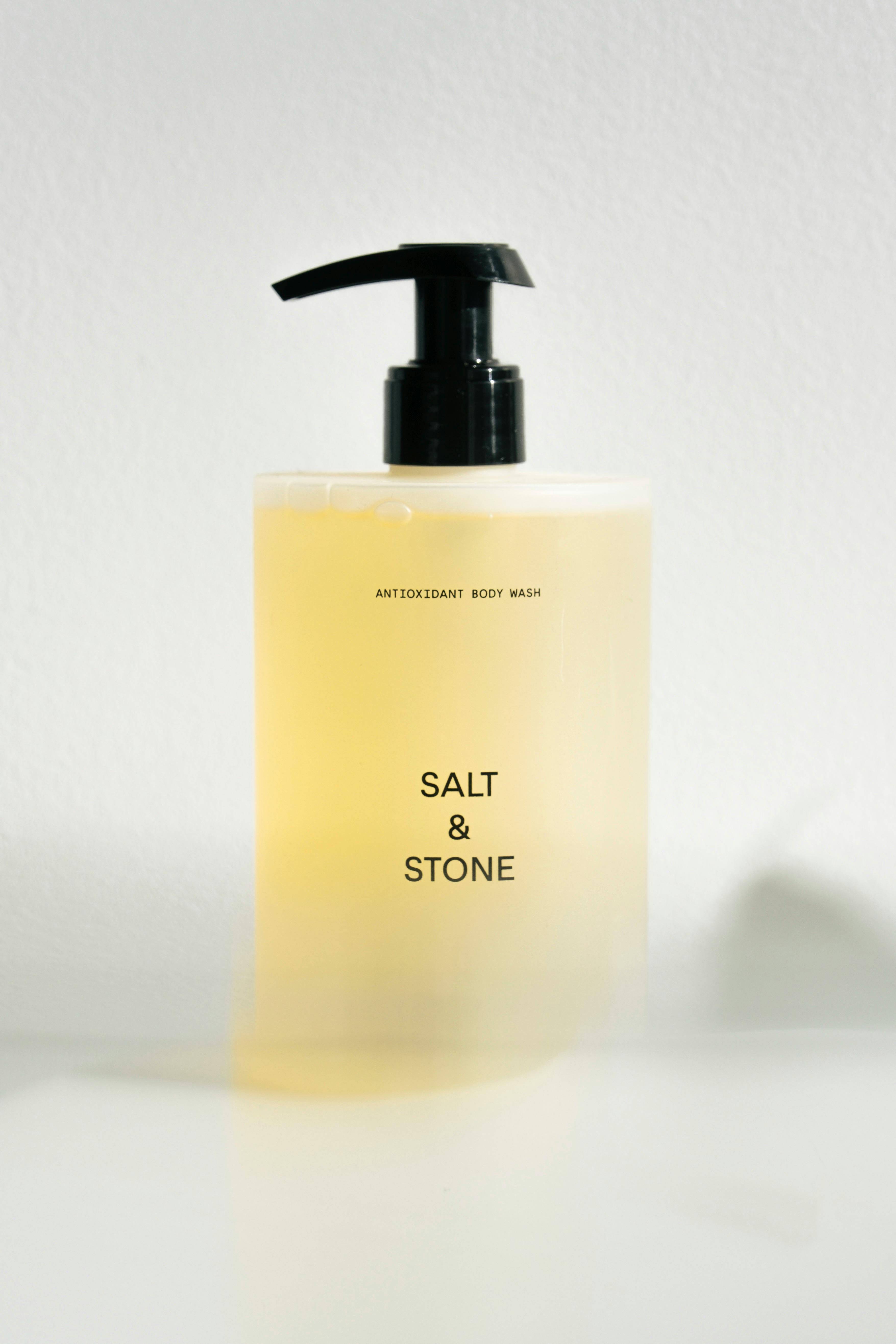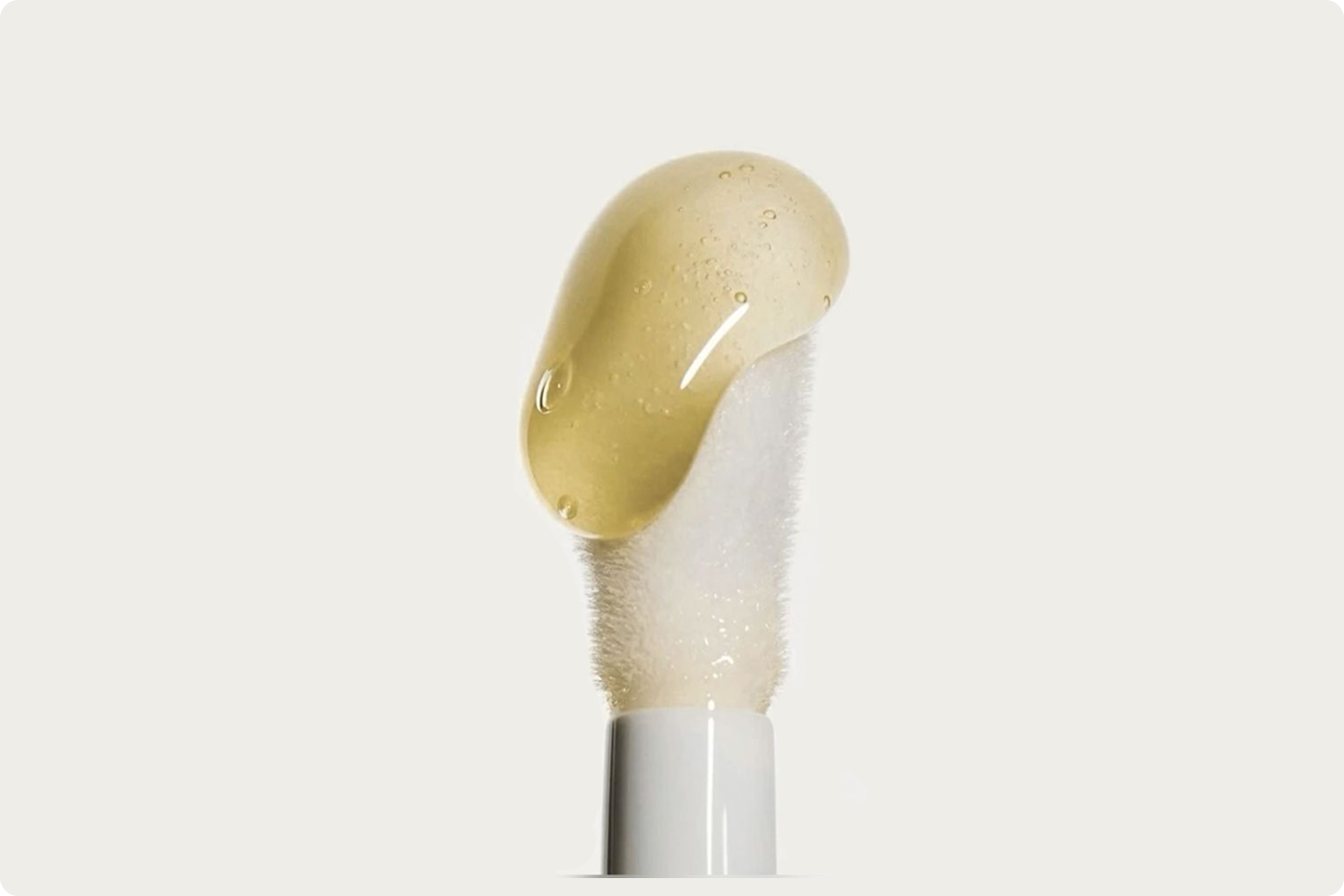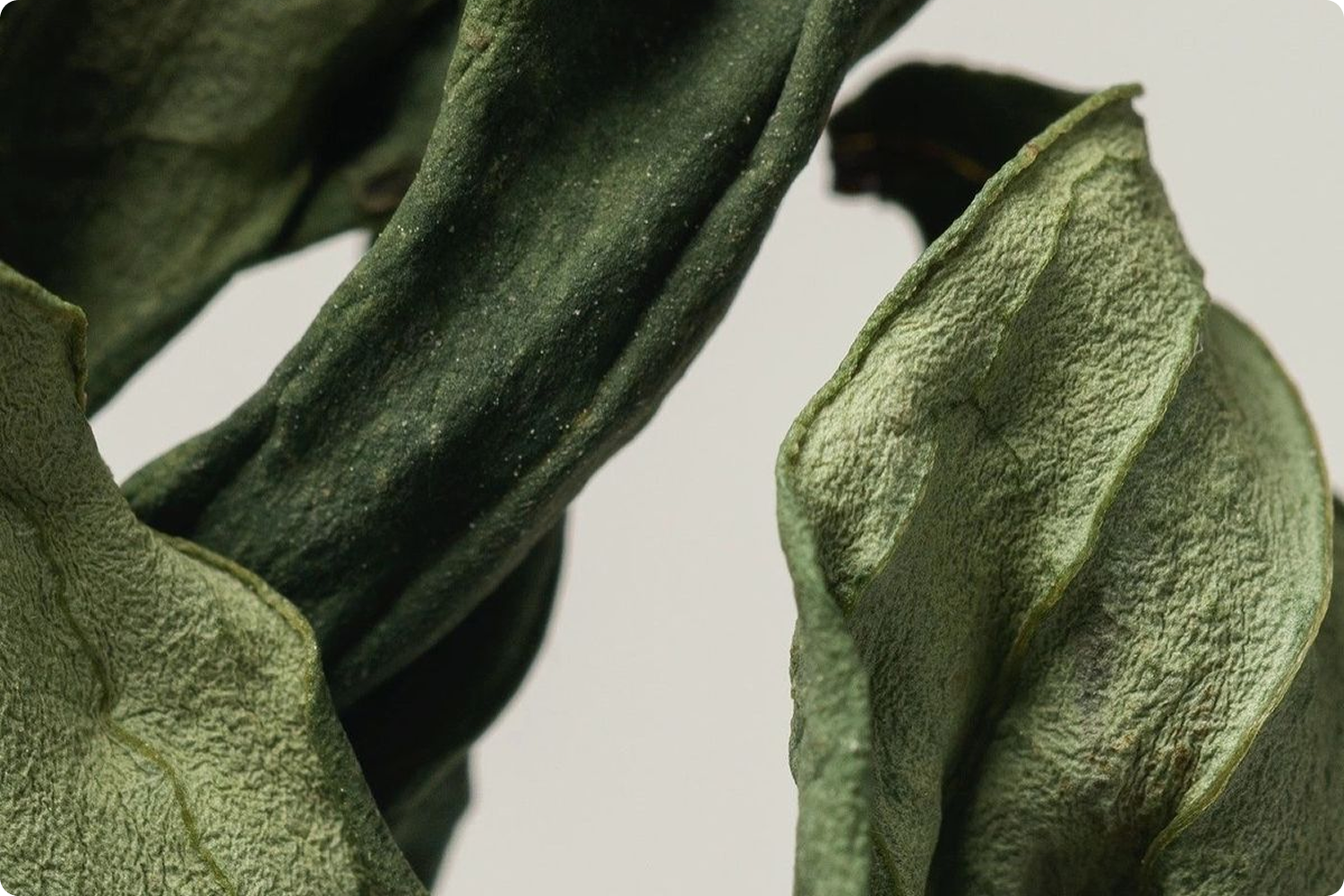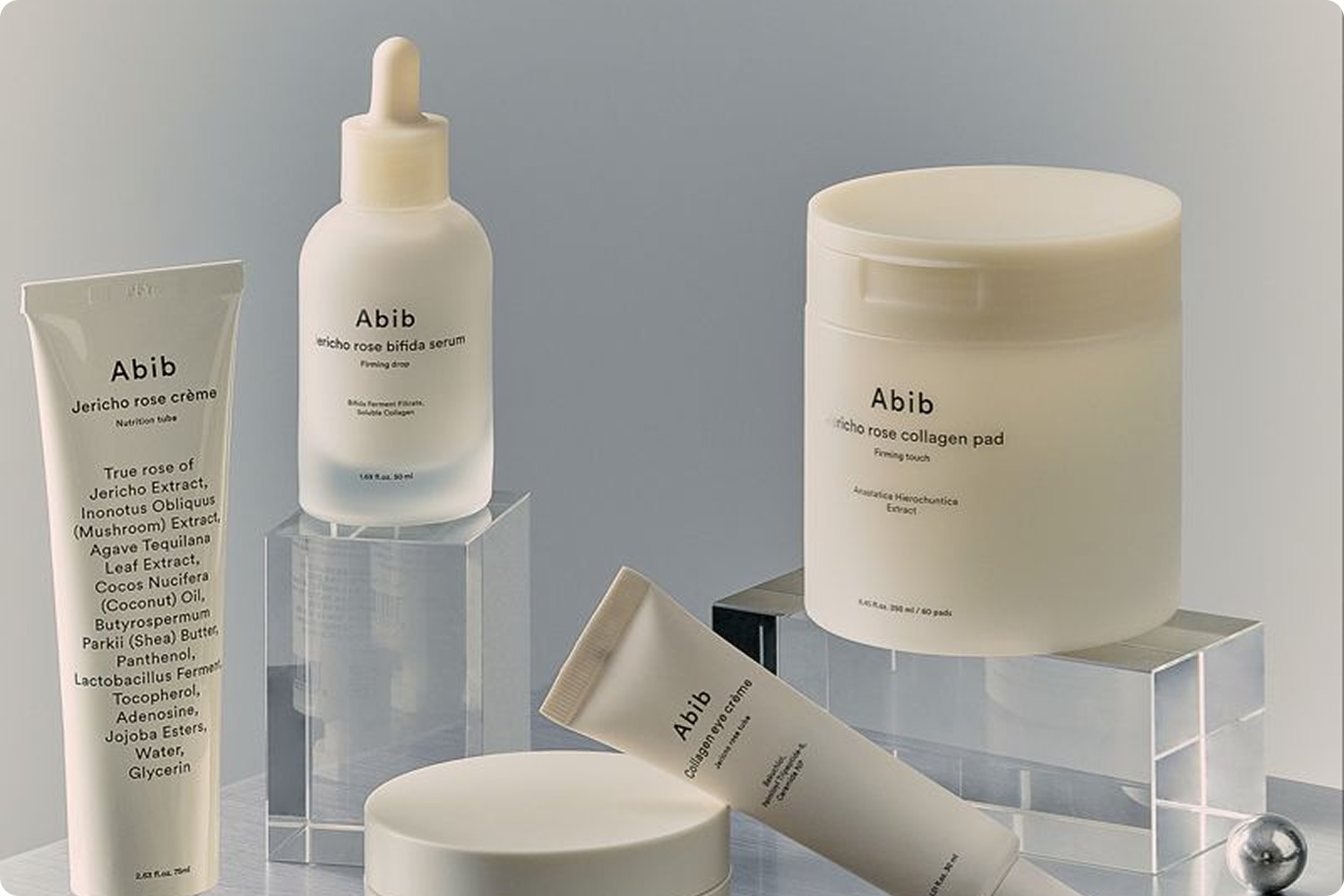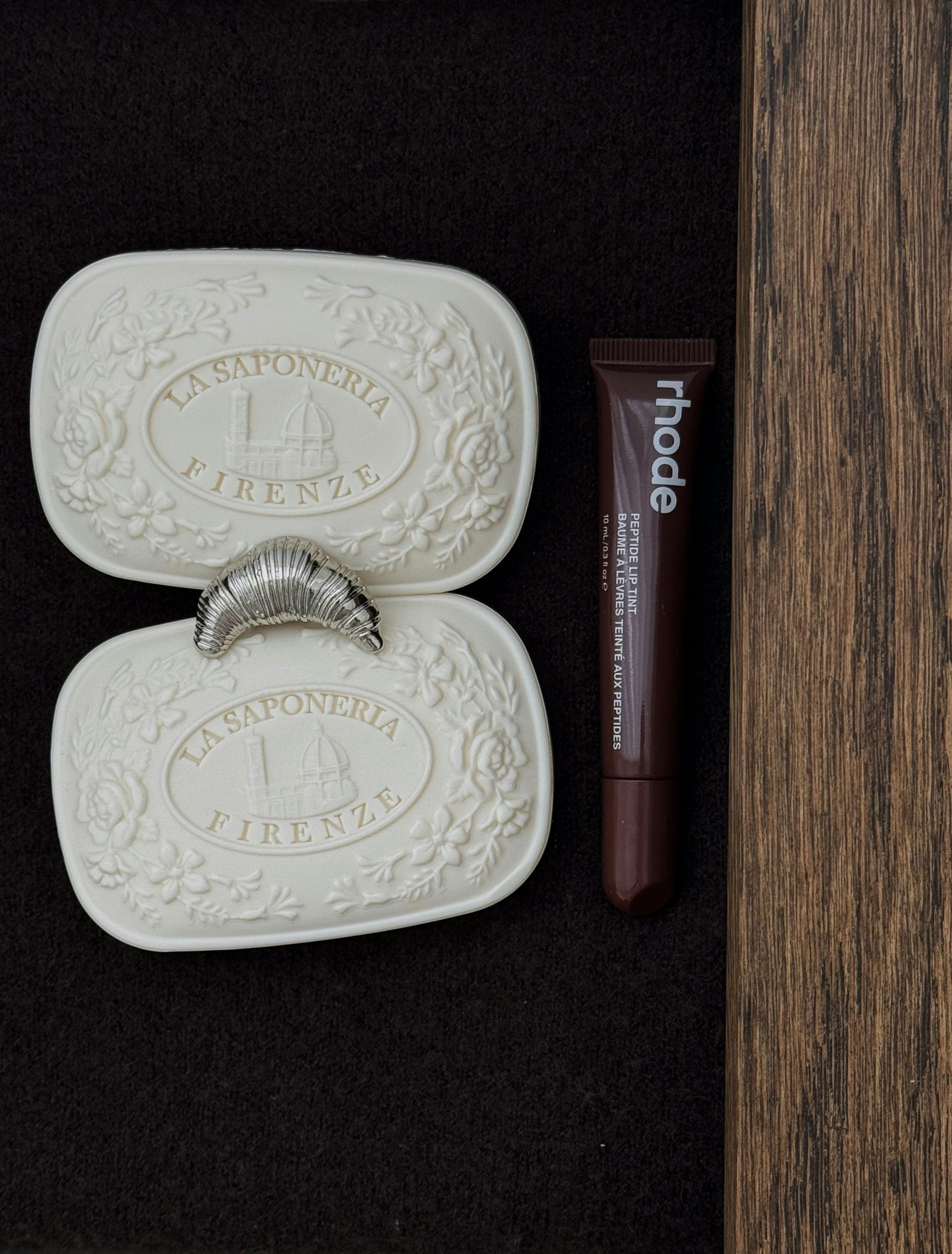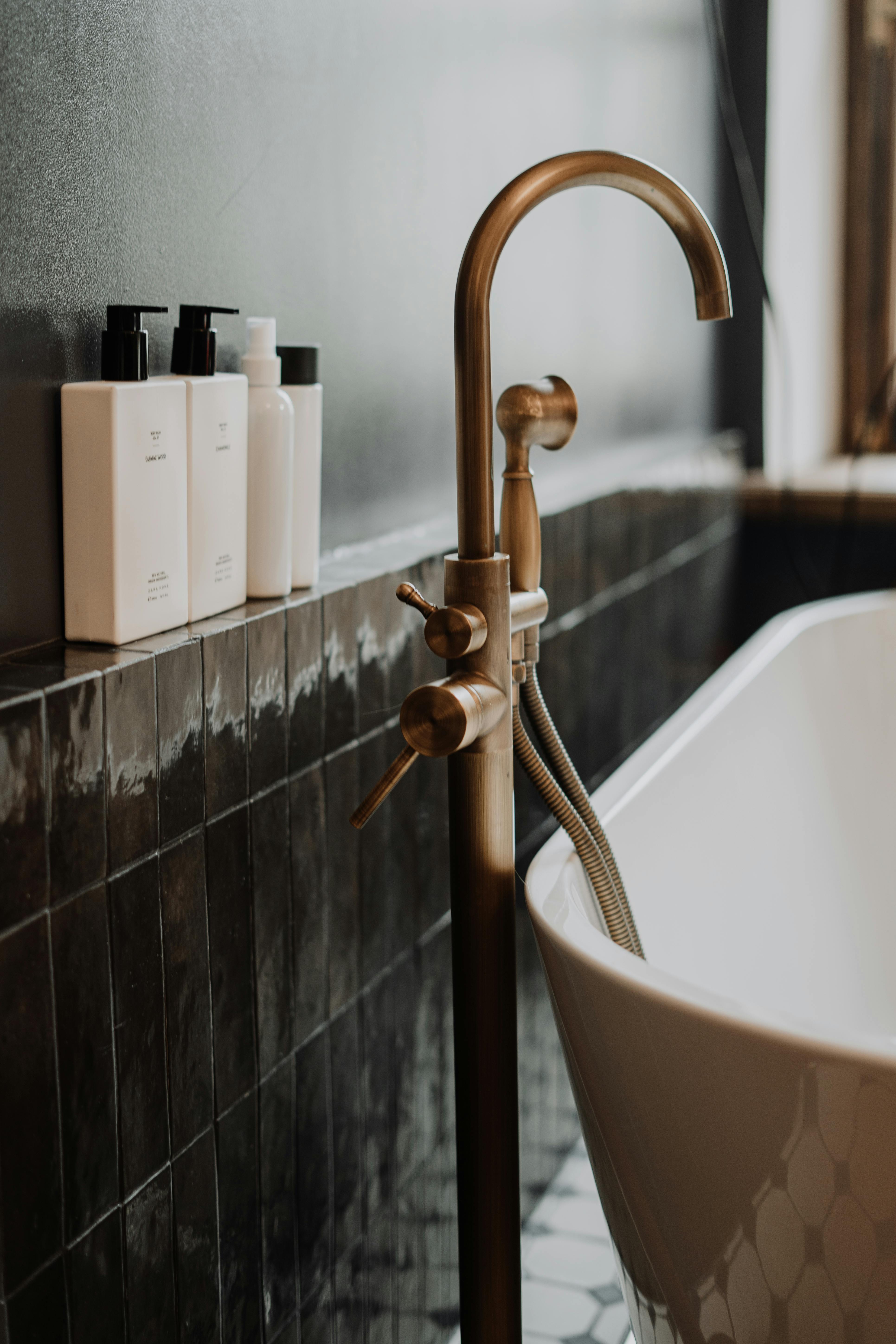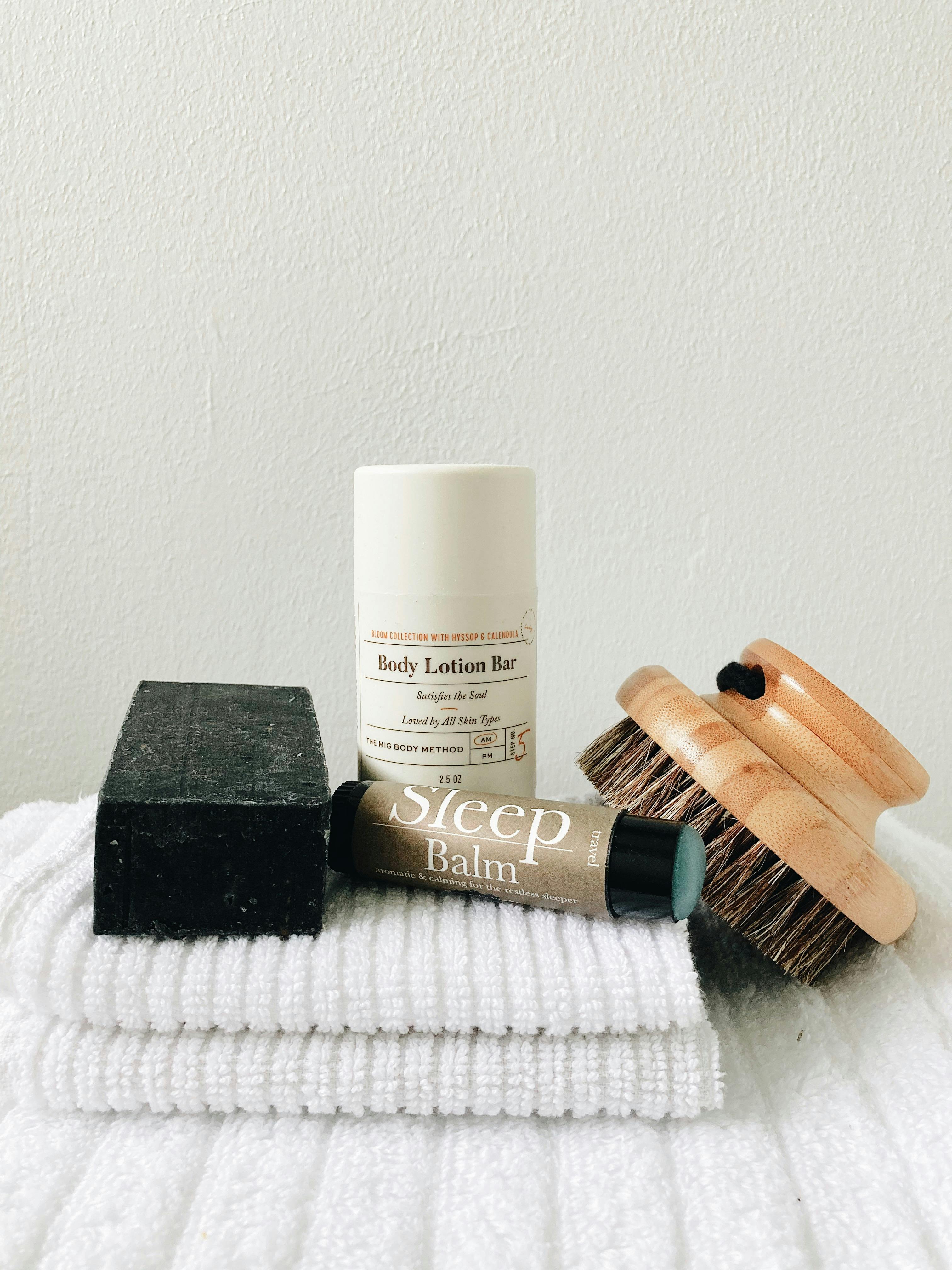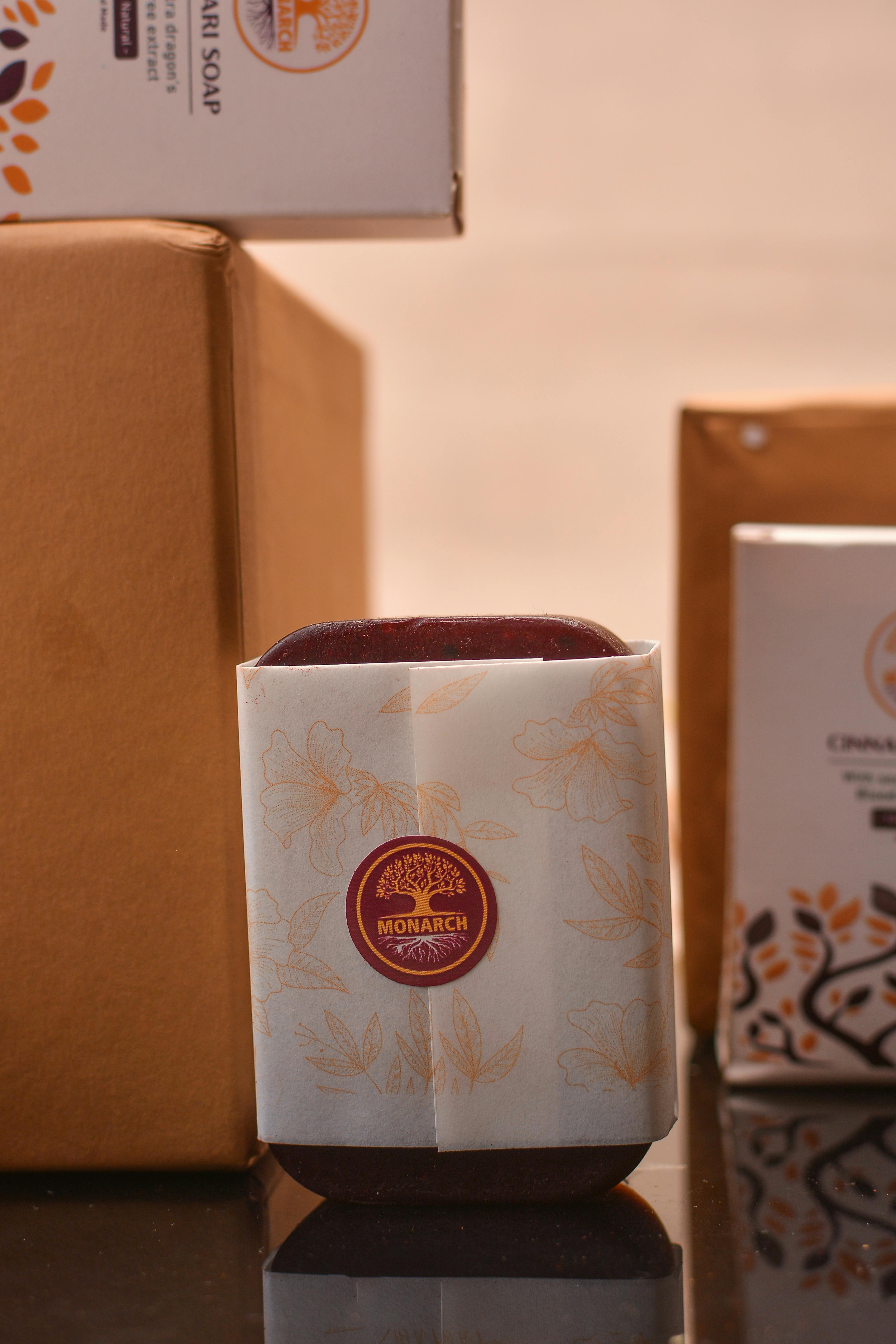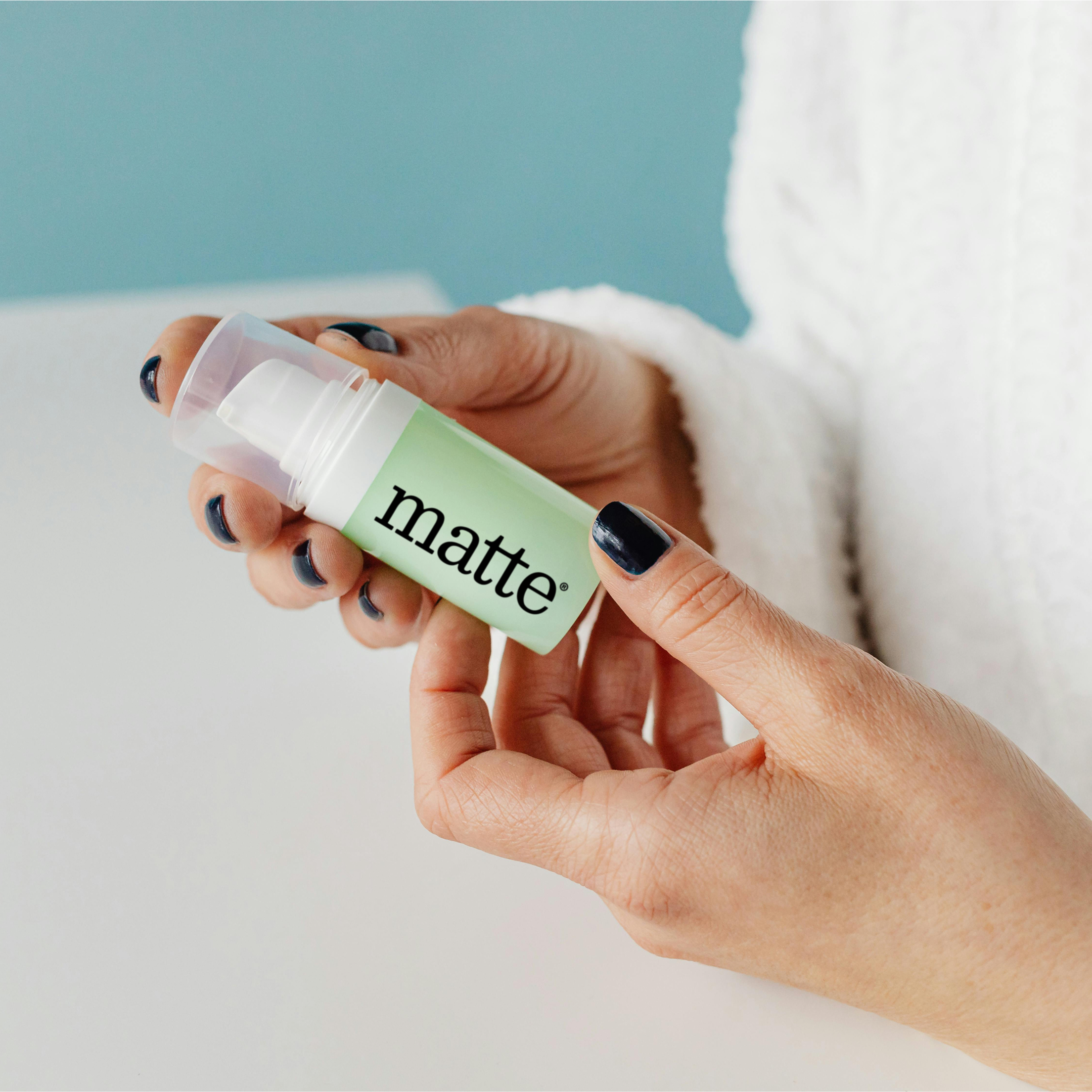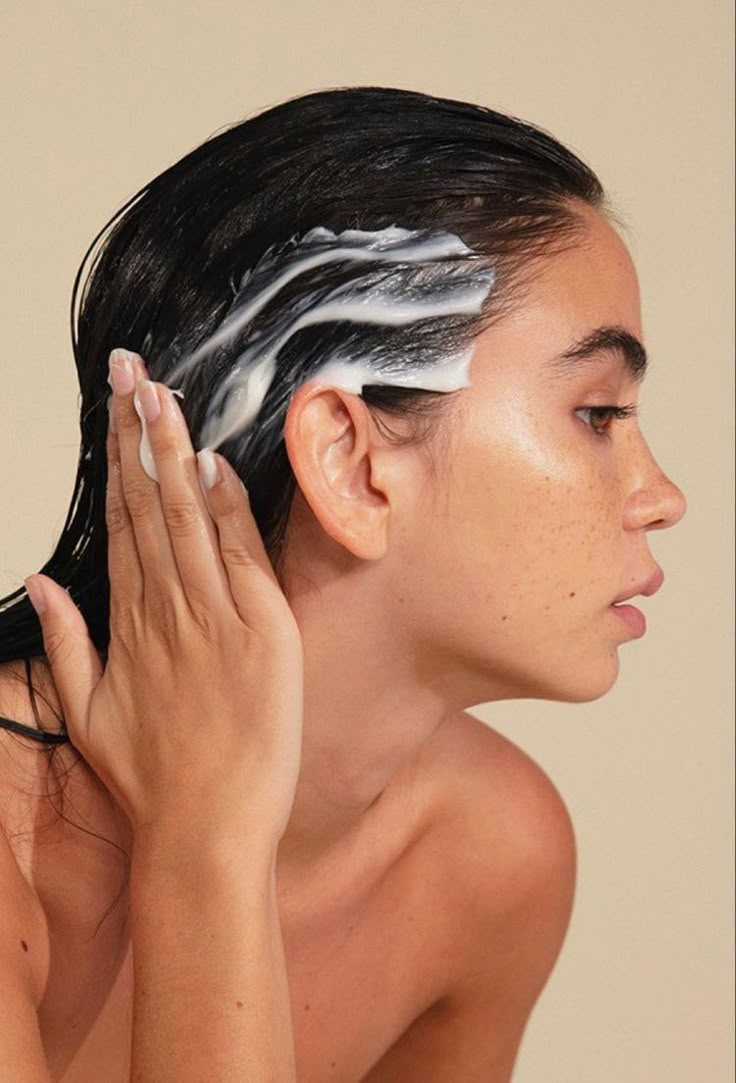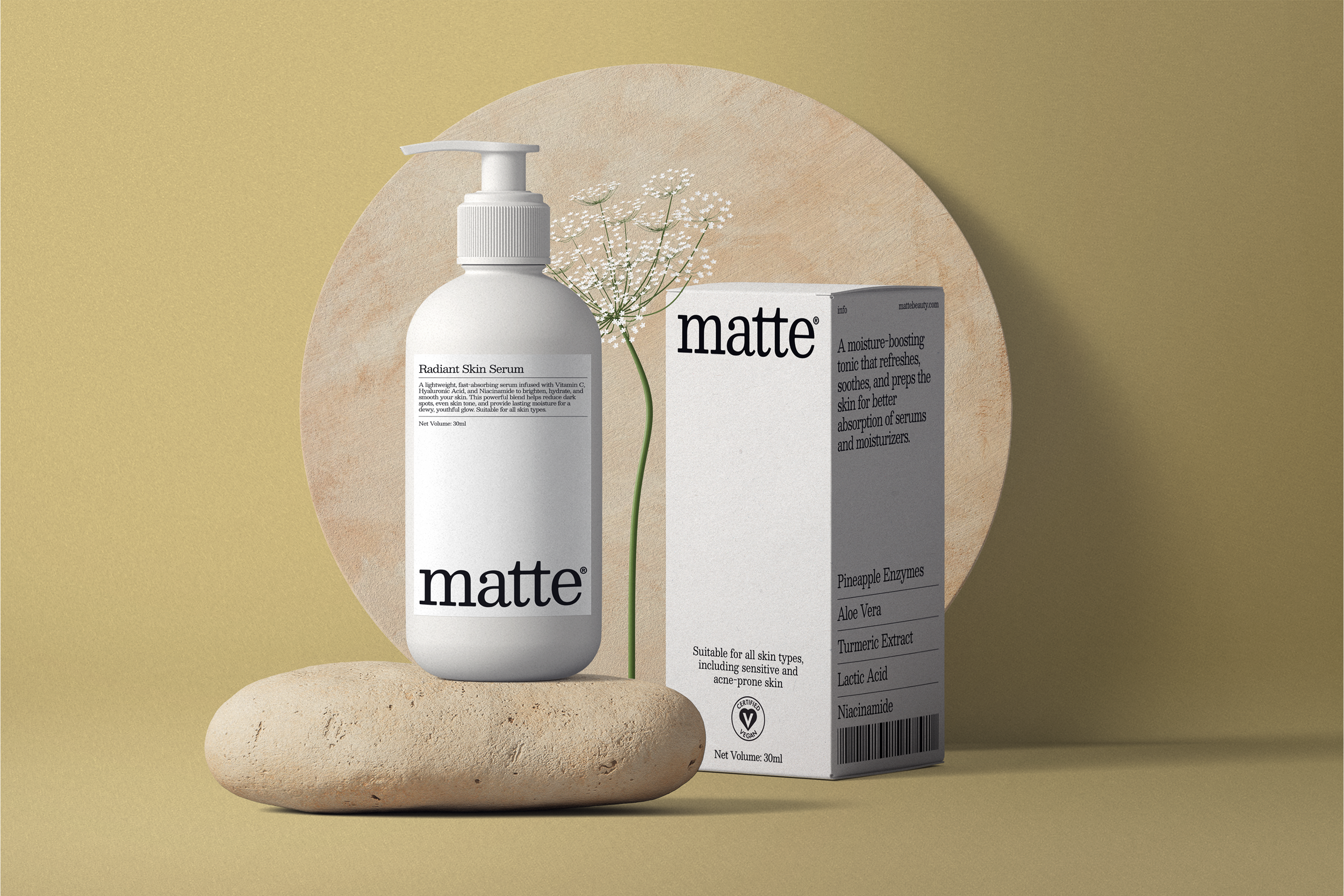Harley Nguyen
Mar 5, 2025
What is Collagen and Why Is It Important?
Collagen stands as the most abundant protein in the human body, accounting for approximately one-third of your total protein composition. This remarkable structural protein serves as the primary building block for your skin, bones, muscles, tendons, ligaments, and other connective tissues. Think of collagen as the "glue" that holds your body together—in fact, the word derives from the Greek "kólla," meaning glue.
At the molecular level, collagen consists of three amino acid chains wound together in a tight triple-helix structure, creating exceptional tensile strength. This unique arrangement allows collagen to provide both flexibility and resilience to tissues throughout your body. The amino acid composition is distinctive, with high concentrations of glycine, proline, and hydroxyproline—the latter being found almost exclusively in collagen.
Your body naturally produces collagen through a complex synthesis process. Specialized cells called fibroblasts (in skin and connective tissues) and osteoblasts (in bone) combine amino acids from protein-rich foods with vitamin C, zinc, copper, and other cofactors to create procollagen molecules. These molecules then undergo additional modifications before assembling into mature collagen fibers that form networks throughout your tissues.
The significance of collagen extends far beyond mere structural support. In skin, collagen forms a dense network in the dermis (middle layer) that contributes to elasticity, firmness, and hydration—essentially determining how your skin ages. In joints, type II collagen creates the framework for cartilage that cushions your bones and enables smooth movement. Collagen even plays crucial roles in wound healing, gut health, and cardiovascular function through its presence in various tissues and organs.
Unfortunately, your body's natural collagen production begins declining around age 25, with production decreasing approximately 1-1.5% annually thereafter. This gradual reduction manifests as visible signs of aging in skin (wrinkles, sagging), joint discomfort, and decreased mobility. Additional factors like sun exposure, smoking, poor diet, and stress can accelerate collagen degradation, further compromising skin appearance and joint function.
Types of Collagen and Their Functions
Type I Collagen - Comprising 90% of Body Collagen
Type I collagen reigns as the most abundant form in your body, constituting approximately 90% of your total collagen. This primary structural protein creates densely packed fibers that provide extraordinary tensile strength—gram for gram, type I collagen proves stronger than steel. You'll find this collagen type predominantly in skin, bones, tendons, ligaments, teeth, and scar tissue.
In skin, type I collagen forms the primary component of the dermis, creating the foundation that maintains firmness, elasticity, and hydration. Research published in the Journal of Cosmetic Dermatology demonstrates that adequate type I collagen correlates directly with skin that appears younger, with fewer fine lines and wrinkles. As production naturally declines with age, the resulting collagen reduction manifests as visible skin laxity and wrinkle formation.
Beyond skin benefits, type I collagen provides the organic framework for bone mineralization, accounting for approximately 95% of bone's organic matrix. This collagen structure allows bones to withstand both compression and tensile forces without breaking. Studies in the Journal of Bone and Mineral Research suggest that maintaining adequate type I collagen may reduce fracture risk and support bone density maintenance during aging.
Marine collagen supplements derive primarily from fish skin and scales, containing predominantly type I collagen with an amino acid profile similar to human collagen. This source typically offers excellent bioavailability due to smaller peptide sizes that may absorb more efficiently than bovine or porcine sources, making it particularly valued for skin-focused supplementation.
Type II Collagen - Supporting Joint Cartilage
Type II collagen provides the primary structural protein in cartilage—the smooth, resilient tissue covering joint surfaces that enables frictionless movement. Unlike the densely packed fibers of type I, type II collagen forms a more loosely packed structure that provides both strength and flexibility. This arrangement creates the perfect balance of cushioning and support necessary for joint function.
Cartilage consists of type II collagen fibers interwoven with proteoglycans (particularly aggrecan) and water, creating a gel-like substance that absorbs shock during movement. This specialized matrix allows joints to withstand tremendous compressive forces while maintaining smooth articulation. Research in the International Journal of Molecular Sciences highlights how this specific collagen arrangement provides cartilage with its unique viscoelastic properties.
As you age, type II collagen degradation often outpaces synthesis, leading to thinning cartilage that may contribute to joint discomfort, stiffness, and reduced mobility. Clinical studies published in Current Medical Research and Opinion demonstrate that type II collagen supplementation may support joint comfort and function, particularly in individuals experiencing age-related joint changes or those with active lifestyles placing additional demands on their joints.
Supplemental type II collagen typically derives from chicken sternum cartilage, with undenatured (native) forms showing particular promise. These undenatured forms may work through oral tolerance mechanisms that regulate immune responses potentially involved in cartilage breakdown. While providing lower amounts of collagen than hydrolyzed supplements, some research suggests these specialized preparations may deliver significant joint benefits at lower doses.
Type III Collagen - Supporting Muscles, Blood Vessels, and Organs
Type III collagen frequently accompanies type I collagen, forming reticular fibers that create flexible frameworks in expansive, elastic tissues throughout your body. This collagen type provides crucial structural support for organs, muscles, arteries, and hollow organs like the uterus, intestines, and blood vessels. Its more elastic nature compared to type I makes it essential for tissues requiring both strength and flexibility.
In skin, type III collagen works alongside type I to maintain dermal structure, with particularly high concentrations in young skin. Interestingly, during wound healing, your body initially produces higher proportions of type III collagen, which later remodels into predominantly type I collagen as scar tissue matures. Research in the Journal of Investigative Dermatology suggests that maintaining healthy type III collagen levels may support skin's resilience and wound healing capacity.
Your blood vessels contain significant amounts of type III collagen, where it provides essential structural support while allowing necessary flexibility for circulation. Studies in Circulation Research demonstrate that adequate type III collagen helps maintain vascular integrity and function. Some research suggests potential connections between type III collagen deficiencies and increased risk for certain cardiovascular conditions, highlighting its importance beyond cosmetic concerns.
Most bovine collagen supplements contain both type I and type III collagen, reflecting their natural co-occurrence in animal hides and connective tissues. This combination may provide comprehensive support for skin, joints, and internal organ health. When seeking type III collagen benefits, look for supplements specifically listing both types I and III on their ingredient lists.
Type IV & V Collagen - Roles in Filtration and Hair
Type IV collagen differs significantly from fibrillar types by forming sheet-like structures rather than fibers. These sheets create basal laminae—thin, specialized membrane layers that separate epithelial tissues from underlying connective tissues throughout your body. This unique arrangement creates selective filtration barriers essential for proper tissue function.
Most notably, type IV collagen forms crucial components of the glomerular basement membrane in kidneys, regulating what passes from blood into urine formation. Research in the Journal of Cell Science demonstrates how type IV collagen's specific structure enables selective filtration while maintaining structural integrity. Similar filtration functions occur in the blood-air barrier in lungs and the blood-brain barrier protecting neural tissue.
Type V collagen, though present in smaller amounts, plays vital roles in regulating collagen fiber formation and diameter. In skin, it helps organize other collagen types into optimal structures. Particularly relevant for hair health, type V collagen contributes to the dermal-epidermal junction where hair follicles reside. Some research suggests connections between type V collagen and hair follicle cycling, potentially influencing hair growth and quality.
These less abundant collagen types typically aren't targeted specifically in supplementation but may be present in multi-collagen products combining various sources. Their specialized functions highlight collagen's diverse roles beyond the well-known skin and joint benefits, reinforcing the protein's fundamental importance throughout your entire body.
Signs Your Body is Lacking Collagen
The gradual nature of collagen decline often means its effects accumulate subtly until reaching noticeable thresholds. In skin, decreased collagen typically manifests first as fine lines around the eyes and mouth—areas with frequent movement and thinner skin. As depletion progresses, more pronounced wrinkles develop alongside reduced firmness and elasticity. Many notice their skin appearing thinner, with increased transparency that reveals underlying blood vessels more prominently than in their youth.
Joint discomfort, particularly upon waking or after periods of inactivity, often signals diminishing collagen in cartilage. This may progress to audible cracking or popping sounds during movement, reflecting changes in joint structures previously cushioned by healthy collagen matrices. Reduced flexibility and range of motion typically develop as collagen-rich tendons and ligaments lose elasticity, potentially affecting both exercise performance and daily activities.
Hair and nail changes frequently accompany collagen reduction. Hair may lose thickness and luster as follicle support diminishes, while nails become more brittle and prone to splitting. Some individuals notice slower hair growth or increased shedding, reflecting collagen's role in healthy follicle function. Similar changes often affect nails, with longitudinal ridges developing more prominently with age-related collagen decline.
Digestive symptoms sometimes correlate with collagen deficiency, as this protein contributes significantly to intestinal structural integrity. Research in the Journal of Clinical Investigation suggests connections between collagen levels and gut barrier function, with some individuals reporting digestive discomfort coinciding with collagen decline. The protein's role in maintaining the gut lining may influence nutrient absorption efficiency as well.
Slower recovery from exercise or injury often indicates insufficient collagen availability. This protein plays crucial roles in tissue repair processes, with adequate levels supporting more efficient healing. Athletes particularly notice this effect, with recovery times potentially lengthening as collagen levels naturally decline with age. This delayed recovery mechanism may partially explain why athletic performance typically peaks before significant collagen reduction begins.
How to Boost Natural Collagen in Your Body
Collagen-Rich Foods and Vitamin C
Dietary approaches offer effective foundations for supporting natural collagen production. Bone broth leads the recommendations, providing not only collagen peptides but also glycosaminoglycans like glucosamine and chondroitin that support joint health. Prepare authentic bone broth by simmering animal bones (preferably from grass-fed sources) with a splash of apple cider vinegar for 12-24 hours to extract maximum collagen and nutrients.
Collagen requires vitamin C as an essential cofactor for hydroxylation reactions during synthesis. Without adequate vitamin C, collagen production falters regardless of protein availability. Incorporate citrus fruits, strawberries, bell peppers, and broccoli daily to ensure consistent vitamin C supply for optimal collagen formation. Research in the American Journal of Clinical Nutrition demonstrates that vitamin C supplementation may improve collagen synthesis even in individuals without overt deficiency.
Zinc-rich foods support collagen synthesis through their roles in cellular growth and protein synthesis. Oysters, pumpkin seeds, beef, and lentils provide excellent dietary sources of this essential mineral. Copper, likewise critical for collagen cross-linking that provides structural stability, appears abundantly in sesame seeds, cashews, and dark chocolate. These minerals work synergistically with other nutrients to support collagen formation.
Sulfur-containing amino acids provide crucial building blocks for collagen structure. Foods rich in these compounds include eggs, garlic, onions, and cruciferous vegetables. Research in the Journal of Nutrition shows that sulfur availability may influence collagen synthesis rates, making regular consumption of these foods potentially beneficial for maintaining optimal collagen production throughout aging.
Bone-in, skin-on poultry and fish provide direct sources of collagen alongside nutrients supporting its formation. The connective tissues in these foods deliver collagen peptides while their protein content supplies essential amino acids for your body's synthesis. Slow-cooking methods that break down these tissues improve collagen availability, making traditional cooking approaches like stewing or braising particularly valuable for collagen support.
Lifestyle Factors Promoting Collagen Production
Regular exercise stimulates collagen synthesis through multiple pathways, with research in the Journal of Physiology demonstrating increased collagen formation following resistance training. Both resistance exercises and high-intensity interval training appear particularly effective, potentially through growth factor signaling that activates fibroblasts. Aim for at least 150 minutes of moderate exercise weekly, including 2-3 strength training sessions, to support optimal collagen production.
Quality sleep provides essential recovery periods during which your body prioritizes protein synthesis, including collagen production. Growth hormone—released predominantly during deep sleep—stimulates collagen formation as part of its tissue repair functions. Prioritize 7-9 hours of quality sleep nightly, maintaining consistent sleep schedules and creating restful environments to optimize these collagen-supporting processes.
Stress management significantly impacts collagen through cortisol pathways. Chronically elevated cortisol (your primary stress hormone) directly degrades collagen while inhibiting new formation. Research in the Journal of Clinical Investigation demonstrates how stress hormones can accelerate collagen breakdown through specific enzymatic actions. Implement daily stress-reduction practices like meditation, deep breathing, or nature exposure to mitigate these effects.
Red light therapy (photobiomodulation) shows promising results for stimulating collagen production, with research in Seminars in Cutaneous Medicine and Surgery demonstrating increased fibroblast activity following specific wavelength exposure. These non-invasive treatments with wavelengths between 630-700nm appear to energize cellular mitochondria, potentially enhancing collagen synthesis. Professional treatments or home devices used consistently may provide cumulative benefits for skin collagen support.
Maintaining proper hydration creates optimal conditions for collagen structure and function, as this protein naturally incorporates water molecules. When dehydrated, collagen fibers can't maintain optimal structural arrangements. Aim for at least 2-3 liters of water daily, potentially more during exercise or hot weather, to support collagen's hydration-dependent properties throughout your body.
Avoiding Factors That Destroy Collagen
UV radiation represents collagen's most significant environmental threat, with both UVA and UVB rays triggering degradative processes. Research in the Journal of Investigative Dermatology demonstrates that UV exposure activates matrix metalloproteinases (MMPs) that directly break down collagen fibers while simultaneously impairing new collagen synthesis. Protect your skin with broad-spectrum SPF 30+ sunscreen daily, regardless of weather conditions, and add physical barriers like hats and clothing for optimal protection.
Smoking devastates collagen health through multiple pathways. The thousands of chemicals in cigarette smoke generate excessive free radicals that damage collagen fibers while impairing fibroblast function necessary for new production. Research in the Archives of Dermatology shows that smoking accelerates facial aging by approximately 4.7 years, with particularly pronounced effects around the mouth and eyes. Prioritize smoking cessation to prevent ongoing collagen destruction.
High sugar consumption accelerates collagen damage through glycation—a process where sugar molecules bind to proteins, creating advanced glycation end products (AGEs) that stiffen and deform collagen structures. These cross-links prevent normal collagen function while increasing susceptibility to damage. Research in the Journal of Clinical Investigation demonstrates how glycation compromises collagen's mechanical properties and cellular interactions. Limit added sugars to under 25g daily to minimize these effects.
Excessive alcohol consumption depletes vitamin A levels essential for collagen synthesis while causing dehydration that compromises collagen structure. Alcohol also generates inflammatory processes that activate collagen-degrading enzymes. Research in the Journal of Cutaneous and Aesthetic Surgery correlates regular heavy alcohol consumption with accelerated skin aging through these collagen-disrupting mechanisms. Limit alcohol to moderate amounts (1 drink daily for women, 2 for men) to minimize collagen damage.
Pollution exposure, particularly to particulate matter and ozone, triggers oxidative stress that damages collagen structures. Research in the Journal of Investigative Dermatology demonstrates how airborne pollutants penetrate skin barriers, creating reactive oxygen species that degrade existing collagen while impairing new formation. When facing high pollution environments, use antioxidant serums before sun protection, thoroughly cleanse skin upon returning indoors, and consider air purification systems for indoor spaces.
Guide to Choosing and Using Collagen Supplements
Navigating collagen supplement options requires understanding several key factors. Source matters significantly—marine collagen (from fish) typically offers better bioavailability and focuses on type I collagen beneficial for skin, while bovine (from cattle) provides types I and III supporting both skin and internal structures. Chicken collagen predominantly supplies type II, focusing on joint support. Consider your primary goals when selecting between these sources.
Hydrolyzed collagen peptides offer superior absorption compared to unhydrolyzed forms. This enzymatic pre-digestion process breaks collagen into smaller peptides (typically 2-3kDa size) that cross intestinal barriers more efficiently. Research in the Journal of Agricultural and Food Chemistry demonstrates significantly better bioavailability of hydrolyzed forms, with some studies showing up to 90% absorption rates compared to larger molecules.
Dosage recommendations vary based on research targets. For skin benefits, studies typically use 2.5-10g daily, with higher ranges showing more pronounced effects. Joint support often requires 10-15g daily for noticeable results. Consistency proves more important than timing—though some evidence suggests taking collagen on an empty stomach may improve absorption slightly by avoiding competition with other proteins.
Quality indicators include third-party testing, transparent sourcing information, and minimal additional ingredients. For marine sources, look for wild-caught specifications and testing for heavy metals. Bovine sources ideally come from grass-fed, pasture-raised animals to minimize potential contaminants. Avoid products with artificial sweeteners, preservatives, or excessive fillers that may counteract collagen's benefits through inflammatory pathways.
Combination ingredients can enhance collagen's effectiveness. Vitamin C (ascorbic acid) directly supports collagen synthesis as an essential cofactor. Hyaluronic acid complements collagen's skin benefits by improving hydration. For joint-focused formulations, ingredients like glucosamine, chondroitin, and MSM may provide synergistic benefits alongside type II collagen. These thoughtful combinations often deliver more comprehensive results than collagen alone.
Expected timelines for results vary by individual and target concern. Skin improvements typically begin showing within 4-8 weeks of consistent supplementation, with research in the Journal of Cosmetic Dermatology demonstrating measurable improvements in elasticity and hydration at these intervals. Joint benefits may require longer duration, with many studies showing significant results at 3-6 months of regular use. Managing expectations around these realistic timeframes helps maintain consistency necessary for optimal results.
Comparing Effectiveness of Different Collagen Supplement Forms
Collagen powders dominate the market due to their versatility and typically larger serving sizes. These unflavored or lightly flavored options dissolve readily in beverages or soft foods without significantly altering taste profiles. Research in Nutrients journal suggests that powder forms, typically providing 10-20g per serving, may offer more significant benefits than lower-dose formats simply through higher collagen peptide delivery. Their versatility allows consistent incorporation into daily routines through coffee, smoothies, oatmeal, or even savory applications like soups.
Liquid collagen presents claims of enhanced bioavailability, with some manufacturers suggesting the pre-dissolved state improves absorption. While limited research directly compares absorption between forms, liquid options do offer convenience advantages. However, these products typically contain preservatives to maintain shelf stability and often provide lower collagen amounts (2-10g) per serving compared to powders. The addition of supportive ingredients like hyaluronic acid, biotin, or antioxidants in many liquid formulations may provide complementary benefits beyond collagen alone.
Capsulated collagen supplements offer portability and precise dosing advantages but necessarily provide smaller amounts per serving due to physical capacity limitations. Most capsules deliver 0.5-1.5g collagen per serving, requiring multiple capsules to approach amounts used in clinical research. This format may suit individuals seeking maintenance doses after achieving results with higher-dose formats, or those prioritizing travel convenience despite the typically higher cost per gram of collagen.
Functional food products incorporating collagen—including bars, drinks, gummies, and even coffee creamers—have proliferated in recent years. These convenience-focused options typically provide 2-10g collagen per serving alongside other ingredients. While potentially supporting compliance through enjoyable delivery methods, many contain added sugars, flavors, or other ingredients that may counteract some collagen benefits. Evaluate the complete nutritional profile when considering these options, particularly sugar content and additional ingredients.
Topical collagen products generate significant marketing attention despite limited scientific support for their efficacy. The collagen molecule itself (approximately 300kDa size) far exceeds the maximum molecular weight capable of penetrating the skin barrier (generally under 500Da). While these products may provide temporary hydration and surface improvements, research in the International Journal of Cosmetic Science clarifies that intact collagen molecules cannot directly replenish dermal collagen through topical application. Peptide derivatives or supporting ingredients in these formulations may offer benefits, but expectations should align with their primarily surface-level effects.
Collagen-stimulating treatments represent an indirect approach focused on triggering your body's natural collagen production rather than supplying external collagen. Professional procedures like microneedling, radiofrequency treatments, and certain lasers create controlled micro-injuries that stimulate fibroblast activity and subsequent collagen synthesis. Research in Dermatologic Surgery demonstrates that these approaches can increase collagen density by activating your skin's repair mechanisms. While requiring professional administration and typically higher investment, these treatments may provide longer-lasting results for significant collagen enhancement.
Frequently Asked Questions About Collagen and Skin Health
Many individuals question whether vegetarian or vegan collagen alternatives exist. While true collagen always derives from animal sources, plant-based "collagen builders" containing silicon, zinc, vitamin C, and amino acid precursors may support your natural collagen production. Emerging biotechnology has also developed genetically modified yeast or bacteria producing collagen-like proteins, though these remain primarily in research phases. Currently, no plant-based supplement directly replaces animal-derived collagen's specific peptide profile, making careful animal-source selection the primary option for those seeking proven collagen benefits.
Safety concerns occasionally arise regarding collagen supplementation during pregnancy or breastfeeding. While collagen proteins themselves represent food-derived ingredients without known pregnancy risks, limited research specifically examines supplemental forms during these periods. Most healthcare providers consider high-quality collagen supplements likely safe during pregnancy and lactation, potentially supporting increased protein needs and skin elasticity. However, as with any supplement, consultation with healthcare providers remains advisable, particularly regarding marine sources that may contain trace heavy metals without proper testing.
Bioavailability questions frequently emerge when comparing collagen supplements. Research in the Journal of Agricultural and Food Chemistry demonstrates that hydrolyzed collagen peptides show approximately 90% digestibility, with detectable increases in specific collagen-derived peptides in bloodstream within 1-2 hours after consumption. These peptides appear to preferentially accumulate in cartilage and skin according to radio-labeled studies. Different collagen sources show varying amino acid profiles and peptide sizes that may influence tissue affinity, with marine collagen typically offering smaller peptides that may enhance absorption rates compared to bovine or porcine sources.
Potential side effects from collagen supplementation remain minimal for most individuals. Occasional mild digestive symptoms like fullness or mild heartburn represent the most commonly reported effects, typically resolving with continued use or dosage adjustments. Those with specific protein allergies (fish for marine collagen, bovine for beef collagen) should select appropriate alternative sources. Individuals with phenylketonuria should note that collagen contains phenylalanine and requires consideration within their dietary management. For most healthy individuals, however, collagen demonstrates excellent tolerance profiles in research settings even at doses exceeding 15g daily.
The optimal age to begin collagen supplementation generates significant discussion. While collagen production naturally begins decreasing around age 25, preventative supplementation benefits must be weighed against lifetime supplementation costs. Many dermatologists suggest beginning targeted collagen support between ages 25-30 when production decreases become measurable but before significant visible changes manifest. This proactive approach focuses on maintaining existing collagen while supporting ongoing synthesis, potentially providing more effective long-term results than waiting until more pronounced changes develop. However, research demonstrates benefits at any age, with studies showing improvements even in participants over 65 with established collagen decline.
Through understanding collagen's fundamental importance for both appearance and physical function, you can make informed decisions about supporting this crucial protein through diet, lifestyle, and potentially supplementation. Whether your primary concerns involve skin appearance, joint comfort, or overall wellbeing, maintaining optimal collagen levels offers comprehensive benefits that extend far beyond cosmetic considerations.
Tags: #collagenbenefits #naturalcollagen #collagensupplements #collagenforskin #collagenforjoints #typesofcollagen #collagenproduction #marinecollagen #hydrolyzedcollagen #collagenfoods #collagenbooster #skinhealth #jointhealthsupplements #collagenprotein #antiagingsupplements #collagenpeptides #bovinecollagen #collagenpowder #vitaminCandcollagen #collagensciene



